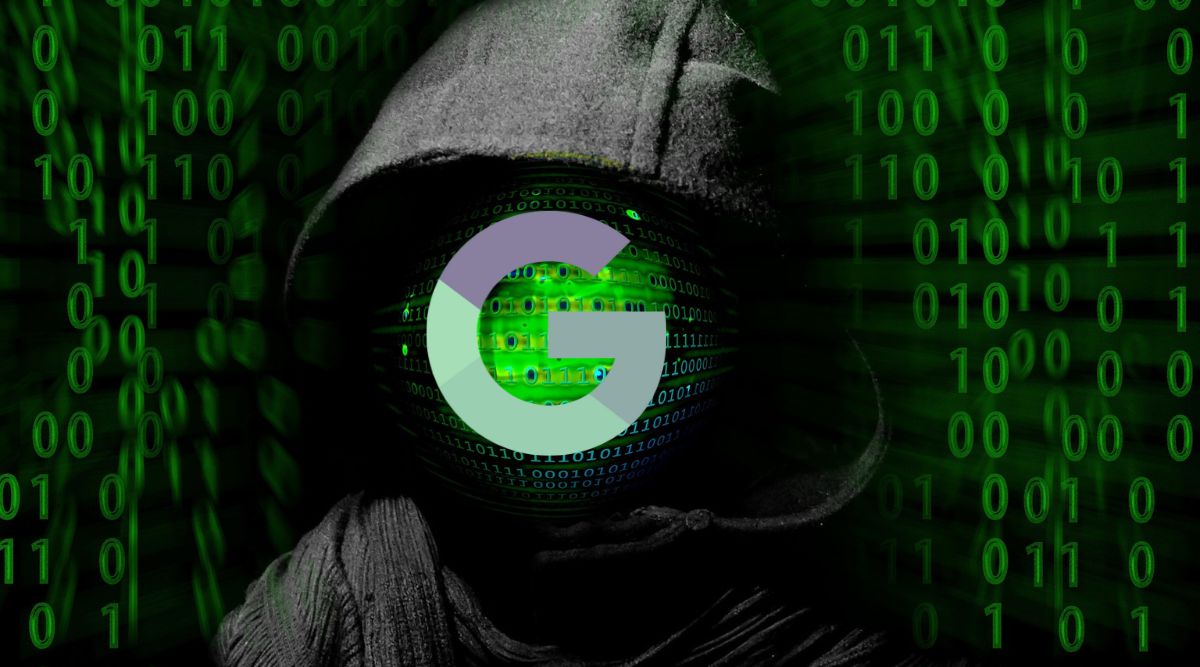Dark web monitoring involves the ongoing search and tracking of information on the dark web, which encompasses details about organizations, users, or malicious actors within this encrypted and unindexed part of the internet. This process is crucial for threat prevention and cybersecurity, aiming to identify potential risks and protect sensitive data.
The dark web, also known as the dark net, operates on an overlay network that remains hidden from traditional search engines. Accessing the dark web typically requires specific configurations, with the Tor browser being a well-known tool designed for anonymized browsing. This browser employs multiple layers of encryption to obscure both the source and destination of web traffic.
Dark web monitoring tools play a vital role in scanning and indexing dark web data from various sources, making it accessible for users seeking specific information, such as corporate email addresses or details about their organizations. This practice is essential as the dark web contains intentionally concealed content, often associated with illegal activities like drug trafficking, identity theft, or child exploitation.

Individuals and organizations can benefit from dark web monitoring services to safeguard personal and corporate data. Individuals can check if their sensitive information, such as social security numbers or credit card details, appears on illicit dark web marketplaces. Hackers frequently gather such data for malicious purposes, including identity theft, phishing campaigns, ransomware, or other exploits.
Businesses, on the other hand, can use dark web monitoring to stay ahead of potential corporate data breaches that may expose intellectual property or customer data. Failing to protect customer data can lead to reputational damage and compliance penalties.
Dark web monitoring services often come integrated into larger security software-as-a-service products, offering real-time monitoring of multiple dark web sources. These services provide an additional layer of verification, allowing users to configure alerts when relevant information surfaces on the dark web.
Various data types can be leaked on the dark web, including personally identifiable information (PII), financial details, medical records, credentials, business data, educational information, and communication histories. The monitoring process helps detect potential threats, data exfiltration, and ensures compliance with privacy regulations.
Benefits of dark web monitoring include threat detection, data exfiltration prevention, compliance adherence, reconnaissance for understanding cyber threats, and automation for continuous monitoring. The information gathered through dark web monitoring aids organizations in responding swiftly to incidents and maintaining a robust security posture.
It’s important to note that while the dark web contains valuable information, not all of it is exclusive to this hidden part of the internet. Some information is also available on the clear web, and hackers may use other private channels for communication. Therefore, dark web monitoring should be complemented with other security practices, such as identity management, security culture development, regular policy updates, and patch management to ensure comprehensive cybersecurity measures. Staying informed about the evolving threat landscape and consistently updating security practices is essential for maintaining a strong security posture against potential risks.









